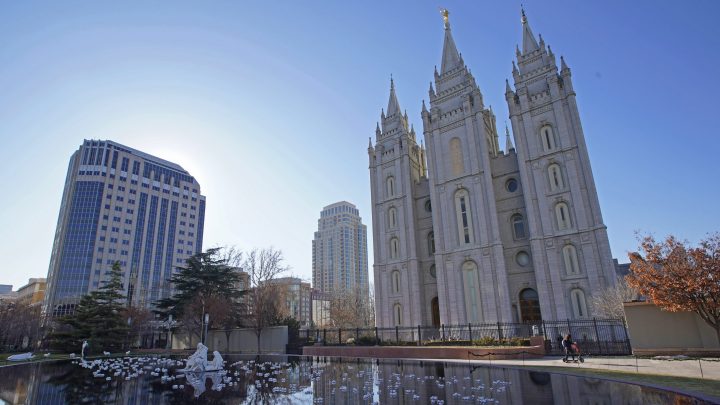
Why labor force participation is so different state to state
Share Now on:
Why labor force participation is so different state to state

New data out Friday shows Utah has nearly a 70% labor force participation rate, seasonally adjusted — the highest in the country — while Mississippi has the lowest, at 53.9%. The labor force participation rate is one of the important measures of the job market — to “participate” in the labor market means you are either working or actively looking for work. And like so many economic measures, it can be quite varied from state to state.
Both Utah and Mississippi have roughly 3 million people, but very different workforce participation. To understand why, we have to understand how the rate gets measured.
“Anyone 16 and older has the potential to be in the labor force,” explained Mark Knold, chief economist at the Utah Department of Workforce Services. “If every single one of them either worked or looked for work, you would have 100% participation in the labor force.”
But in Mississippi, the labor force participation rate is about half that. State economist Corey Miller said many are too sick or injured to work.
“That’s one of the main factors, particularly among men of prime working age,” he said.
The low level of education is another factor.
“Our population share with a bachelor’s degree aged 25 and older is about 10 percentage points below the rest of the nation,” Miller said.
In Utah, where there’s a labor force participation rate of 70%, the Church of Jesus Christ of Latter-day Saints has a big influence.
“That is a religion with a culture and a theology that encourages family formation,” said economist Peter Philips with the University of Utah. That means higher birth rates.
“It has an effect on the entire age structure in Utah,” Philips said. “And it’s striking.”
And high birth rates have led to a younger, healthier workforce.
“You have more younger workers coming in than those aging out,” said economist Knold.
He said labor force participation has grown in the past year. “It’s the teenagers. And it’s also the 55-and-older workers,” he said.
While some older Utahans are returning to work to earn more because inflation has driven up prices, Knold said, teens who may be competing with several siblings for Mom and Dad’s cash are deciding to earn money of their own.
There’s a lot happening in the world. Through it all, Marketplace is here for you.
You rely on Marketplace to break down the world’s events and tell you how it affects you in a fact-based, approachable way. We rely on your financial support to keep making that possible.
Your donation today powers the independent journalism that you rely on. For just $5/month, you can help sustain Marketplace so we can keep reporting on the things that matter to you.

















